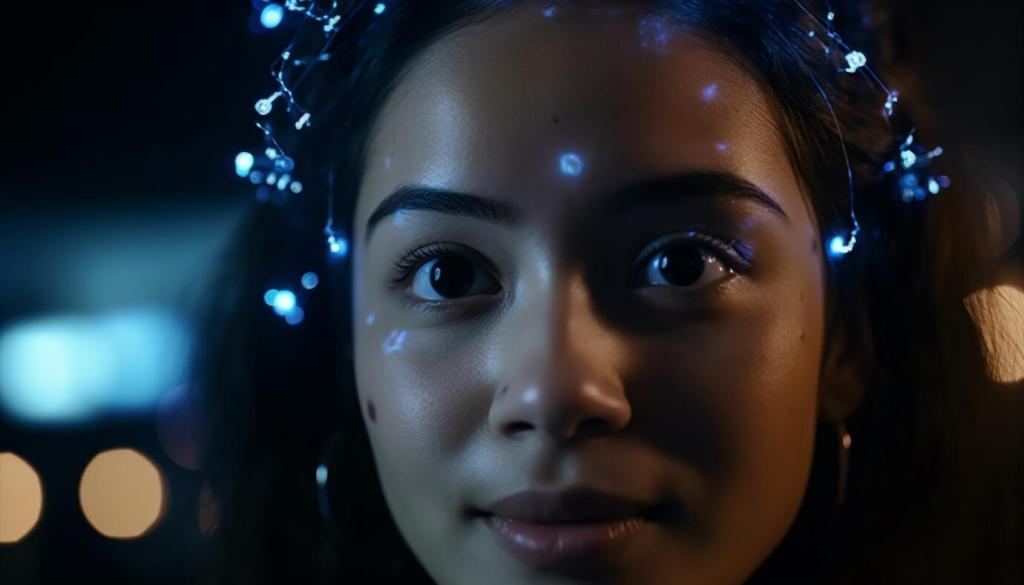Automated Composition Techniques in Photography
The Evolution of Automated Photo Composition
Early Digital Innovations
The journey toward automated composition began with early digital innovations that introduced basic features such as automatic exposure and focus. While these were primarily intended to help users achieve technically sound photographs, they also laid the groundwork for more complex composition automation. Early digital cameras could detect face positions, contrast levels, and even elementary scene types, offering users assistance in achieving better-framed shots. These foundational technologies not only enhanced usability but also sparked the ongoing quest for smarter composition tools that would later become integral to modern photography.
Role of Artificial Intelligence
Artificial intelligence has propelled automated composition to new heights by enabling cameras and software to understand and replicate the principles of photographic art. Modern AI can evaluate factors such as symmetry, leading lines, subject prominence, and background distractions, adjusting the framing and settings automatically to produce visually compelling images. By learning from vast datasets of professional-grade photos, AI-driven systems continuously refine their recommendations, offering real-time guidance on composition. This not only accelerates the learning curve for beginners but also assists professionals in achieving consistently superior results.
Integration in Everyday Devices
Automated composition is no longer confined to high-end professional equipment; it has become ubiquitous in everyday devices like smartphones and compact cameras. Manufacturers integrate advanced algorithms that suggest crop ratios, align horizons, and highlight key subjects without requiring user expertise. These features democratize high-quality composition, allowing anyone with a camera phone to produce aesthetically pleasing photos. The seamless integration of automation in daily-use devices underscores how technology continues to decentralize and enhance creativity in photography for people of all skill levels.
The rule of thirds remains one of the most widely applied principles in automated composition systems. By dividing an image into a grid of nine equal parts and positioning key subjects along the lines or intersections, cameras and applications guide users toward more dynamic and visually appealing photos. Automation tools often incorporate real-time overlays or automatically crop and align images based on these guidelines. This approach minimizes the tendency toward static, centered compositions and empowers photographers to create more balanced and professional-looking visuals with ease and consistency.
Key Principles in Automated Composition

Benefits and Challenges of Automated Techniques
One of the primary advantages of automation is the significant boost in efficiency during both shooting and editing. Automated composition tools reduce the time spent making manual adjustments, enabling photographers to focus more on creative aspects and less on technical minutiae. Consistency is another key benefit, as automated systems apply compositional rules uniformly across a series of images, ensuring that each shot meets a high standard. This is particularly valuable in commercial photography and batch processing, where time and quality are critical factors.
